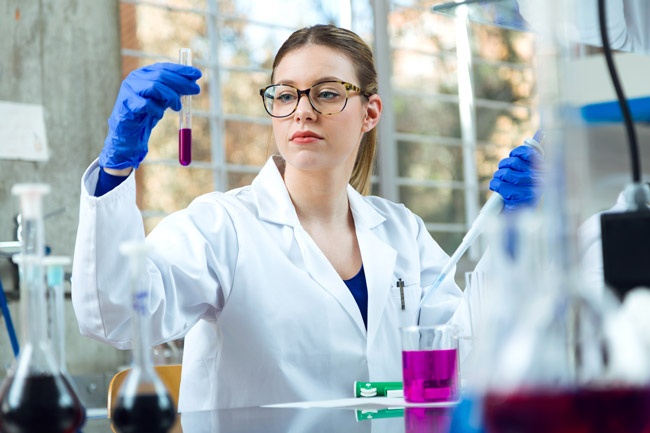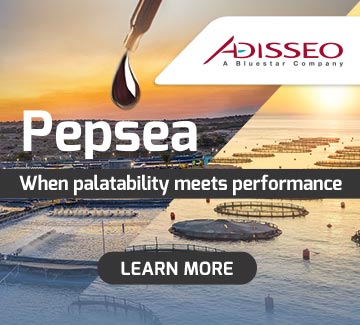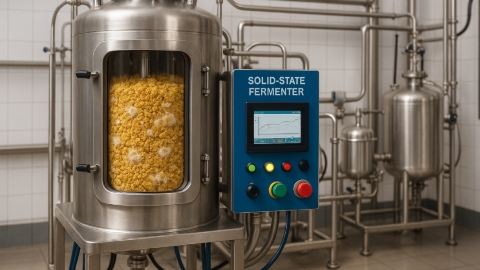
Lactococcosis is a major bacterial disease in aquaculture, associated with septicaemia, haemorrhages, high mortality, and severe economic losses. The two most significant pathogenic species are Lactococcus garvieae and Lactococcus petauri.
L. garvieae was first identified in the 1950s as the cause of outbreaks in rainbow trout (Oncorhynchus mykiss) on freshwater farms in Japan. Since then, it has become one of the most important bacterial threats in trout farming worldwide, including Europe and the Mediterranean. In the following decades, the bacterium was also isolated from marine and brackish-water species. This adaptability highlights its ability to survive across different salinity levels, probably facilitated by fish transfers, the trade of fry and eggs, and the use of shared water sources.
In the Mediterranean, L. garvieae has been a persistent problem in marine aquaculture. Since the late 1990s, severe outbreaks have been reported in the Tyrrhenian Sea, particularly affecting European sea bass (Dicentrarchus labrax), one of the region’s most valuable farmed species. These cases showed that lactococcosis was not limited to freshwater trout but could also threaten high-value marine fish, expanding the pathogen’s epidemiological and economic significance.
The spread of lactococcosis is linked to several risk factors: fish movements and international trade, waterborne transmission within connected river basins or coastal farms, persistence in environmental reservoirs such as water and sediments, and seasonal peaks during high summer water temperatures. The ability of Lactococcus species to affect both freshwater and marine fish poses a serious challenge for aquaculture biosecurity. In Italy and other Mediterranean countries, it is considered an emerging disease of increasing concern for the sector.
A retrospective study carried out by Italian researchers revealed that Lactococcus petauri was already present in farmed rainbow trout before it was officially recognised as a species in 2020. The research, published in the Journal of Fish Diseases, analysed historical bacterial isolates from outbreaks in northern Italy between 2017 and 2020. Using molecular techniques, the scientists confirmed that several cases previously attributed to L. garvieae were in fact caused by L. petauri.
According to the authors, the presence of L. petauri “has been circulating unnoticed for years” in Italian trout aquaculture. They stressed that the retrospective detection of this pathogen is “crucial to better understand the epidemiology of lactococcosis and to develop targeted diagnostic and control strategies.”
The findings also raise questions about whether some past outbreaks in marine species, including those in European sea bass in the Tyrrhenian Sea, may have involved L. petauri but were misattributed to L. garvieae. Future retrospective studies in marine aquaculture could shed new light on its true distribution.
The discovery adds to growing evidence that L. petauri has a broader geographic and temporal distribution than initially believed. The authors emphasise that improved diagnostic tools will be essential to distinguish between L. garvieae and L. petauri, ensuring more accurate surveillance and more effective disease management in fish farms.
In practical terms, advanced diagnostics are not only about naming the right bacterium. They are key to enabling targeted surveillance, better outbreak control, effective vaccine development, and safer fish trade — all of which directly affect the sustainability and profitability of aquaculture.


